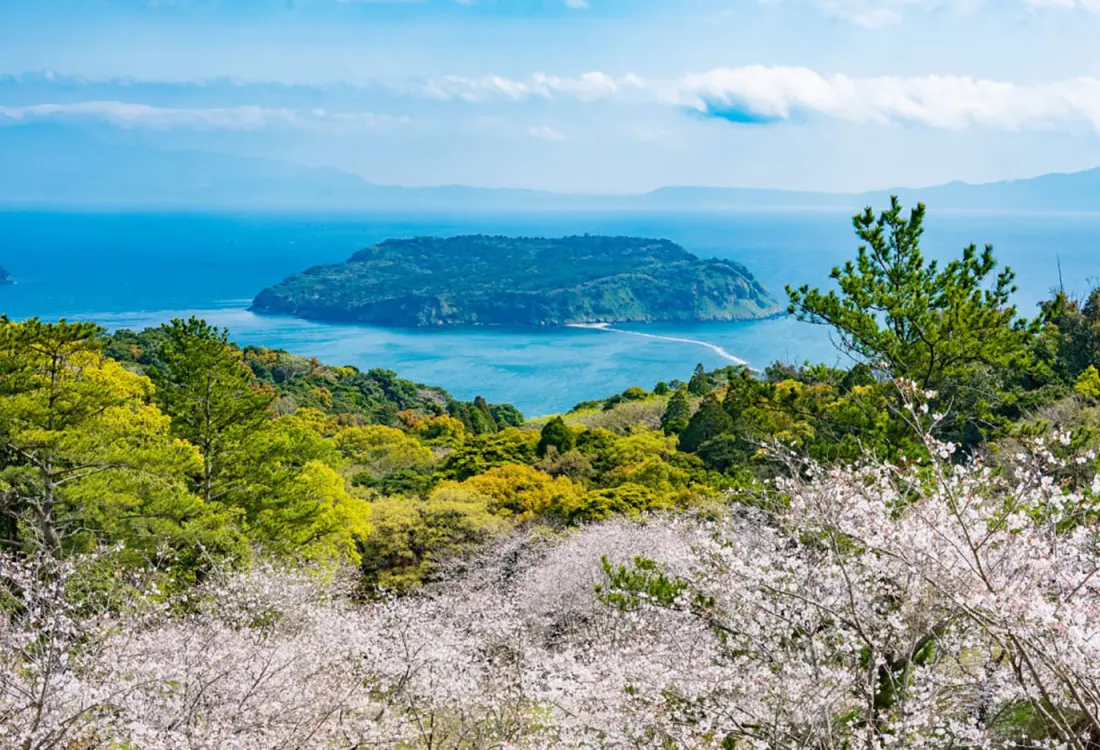
From Kirishima to Ibusuki
Southern Hospitality With a Touch of Luxury
To fully convey the southern hospitality of Kagoshima, I should begin at the end of our journey by describing the day we left. We boarded the Ibusuki no Tamatebako at Ibusuki Station, a charming tourist train with comfortable sofas, a decor based on a local famous folk tale, and scenic views of Kagoshima Bay as you chug northward toward Kagoshima city. The train itself is a local celebrity, but pulling away from the station, a pair of Ibusuki city employees donned happi coats and stood on the platform waving farewell and good wishes to its passengers. It was a pleasant send-off, but a few minutes later, as we passed an empty field, a half dozen more city workers stood with flags also waving goodbye to us, presumably taking a break from their city duties to do so.


This is the kind of atmosphere that draws people to Kagoshima, an honest hospitality that makes you feel like they've been waiting for you to arrive. From friendly chatty taxi drivers to kind shop owners who store your bags while you sightsee, such is the type of kindness that makes you want to return here again and again.

We began our adventure in Kirishima, which sits at the north end of Kagoshima Bay, northeast of Kagoshima city. Although not as close to Sakurajima as Kagoshima, it still offers fine views of the volcano in the middle of the bay that regularly belches steam and ash from its belly. The view is better still from Hoshino Resorts KAI Kirishima, in the mountains north of the city. Each of the 49 rooms offers a view of Sakurajima.


While KAI Kirishima represents a luxury accommodation, it doesn't feel assertive or intimidating; rather, the luxury is in subtle details such as the choice of porcelain tableware and the warm yet professional attitudes of the staff. Although technically a ryokan (Japanese-style inn) and certainly with modern Japanese flair, it was created with the comfort of Western guests in mind, with Western-style beds rather than futon to sleep on. The meals are strictly Japanese, with a dazzling menu that includes fried sea bream wrapped in a cherry blossom leaf as a seasonal touch. Other dishes include the area's specialties, such as the main dish of clay pot rice with mackerel and tender bamboo shoots.


Like all KAI resort properties, KAI Kirishima features an atmospheric onsen on-premise; this one is reached by an automated monorail departing from the hotel's first floor. In the morning, I opened the bathroom window to make it a private semi-outdoor bathing experience.
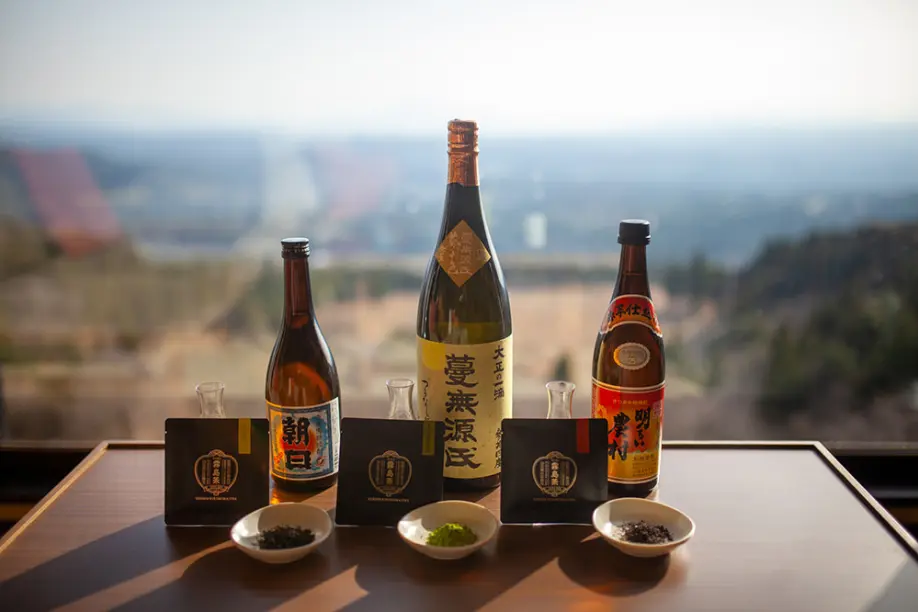
Because tea and shochu are important local products, KAI Kirishima offers a tea/shochu pairing for guests to try. Although shochu tends to be too strong for me, pairing it with tea substantially smoothed out the taste. Together with the hotel's peaceful atmosphere and the misty Kirishima scenery, the tea and shochu pairing ensured a relaxing evening was in store for me, which was the experience available at the resort during my spring visit. Experiences change throughout the year, so you may be pleasantly surprised by something completely different!
From Kirishima, we headed to Chiran, a small town south of Kagoshima city. Sandwiched between its Edo-era history as a castle town and its current claim to fame as a producer of high-quality tea is a darker past as an airbase for kamikaze suicide pilots during World War 2. In the latter part of the war, when Japan was clearly losing, more than one thousand young men flew these suicide missions, many departing from Chiran to crash their planes into American battleships around the Okinawan islands.

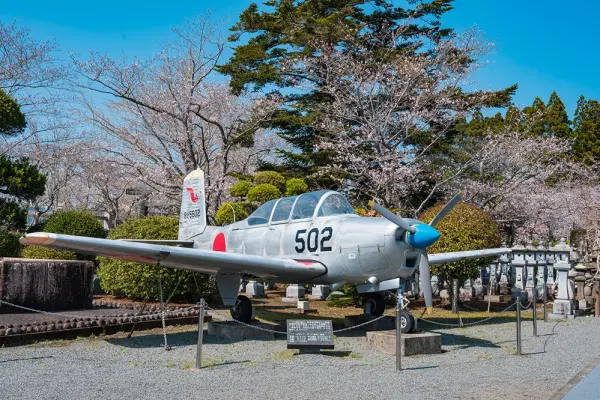
Today, the Chiran Peace Museum stands as a solemn reminder to future generations about the cost of war in human lives, and moreover, the toll war takes on the families who have lost loved ones. Many Japanese schoolchildren visit the museum each year, hopefully taking to heart the message of the importance of striving for peace.
Inside, there are names and photos of each of the over 1,000 young men of Japan who lost their lives in the war as kamikaze pilots. More importantly, the museum also contains many of the final letters sent to their families before taking off from Chiran for the last time, which helps to humanize them and remind visitors that they were simply young men born into a world at war. Reading their letters, some of which have been translated into English, I realized that these were just boys, boys who loved their parents and siblings, who played sports and dreamed of the future, who wished for an end to the war and believed this was one of the only ways they could contribute to that end. Many strands of one thousand origami cranes, a symbol for peace, hang near the entrance of the museum, as gifts from schoolchildren and other groups who have visited recently. As I left the museum wiping the tears from my eyes, the museum's purpose was clear to me: never forget the human cost of war, even if those lives are that of your enemy.

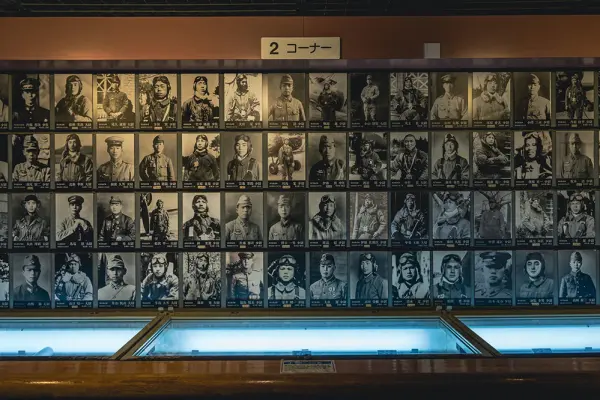

For a less intense look at Chiran's history, we visited the Chiran Samurai Gardens, known as the “little Kyoto of Satsuma.” Many former samurai residences have been preserved in Chiran, fine examples of the local Satsuma Fumoto architecture. As samurai were educated in culture as well as warfare, many of these residences have lovely Japanese gardens and are open for viewing. Pay the small entrance fee of 530 yen at either end of the residential area for access to each of the gardens. One preserved house still had a huge display of Girl's Day dolls laid out for the entire month of March, which we admired through the large window.

The gardens themselves represent a fusion of Kyoto, Chinese, and Ryukyu styles, which came to Japan by way of the Okinawan islands. Through these lovely examples, it is possible to see one way the gardening culture was imported into Japan.


A leisurely walk through the neighborhood can take between one and two hours. Combined with the Chiran Peace Museum, it is a perfect day trip from our next destination, Ibusuki.
Ibusuki lies at the southern end of the peninsula where Kagoshima Bay meets the East China Sea. Besides stunning views of coastal scenery, Ibusuki is known mainly for its most important product: relaxation. Domestic and overseas visitors alike come to Ibusuki for its restful atmosphere featuring hot springs resorts and its unique contribution to your good health: hot sand bathing.


Hot spring water runs under the beach and into the ocean, heating the sand of the beach year-round. Long ago, an enterprising person discovered that being buried in this hot sand had tremendous benefits for improving your circulation and, at the same time, was strangely relaxing. At SARAKU sand bath, you can be covered in a mound of hot sand while dressed in a cotton yukata, emerging 10 minutes or so later, feeling sweaty but invigorated. While you are lying on the beach, protected from the sun by a small colorful parasol, enjoy the view of the calm bay until you are ready to retire to the onsen, where you can get cleaned up and soak in the soothing water.
While there are other places in Japan where you can experience a sand bath, Ibusuki is the only place where the environment is 100% natural. It's an experience everyone must try at least once for both the health benefits and the comical photo opportunity it provides.

We spent the rest of the day in Ibusuki sightseeing along the scenic coastline for some views that are unique to this part of Kagoshima. The near-perfectly cone-shaped Kaimondake volcano provides the iconic backdrop for two of Ibusuki's famous locations. JR Nishi-Oyama train station isn't much to look at in itself, but it is a popular spot as the southernmost train station in Japan. If you are able to time your visit to one of the infrequent stops of the local train, you will be able to witness one of the area's most picture-perfect scenes, with the train at the station and Kaimondake in the background. In front of the station, you'll find another unique feature: the only yellow Japan Post mailbox in the country. Yellow represents happiness in Japan, so mail your postcards to friends and family here and send them a little happiness along with your note.

Kaimondake is also the highlight of another of Ibusuki's famous views from Cape Nagasakibana. From here, the volcano looks like an island on the sea, and it is one of the area's most spectacular places to witness a lovely sunset.

After a day of sightseeing, we retired to Ibusuki Hakusuikan, one of Ibusuki's most luxurious ryokan. Although the facility now boasts over 200 rooms, the staff insists it is still a ryokan; the level of service you will receive here, despite its massive size, attests to that. The heart of the property is its perfectly manicured gardens set against the backdrop of the sea. Each morning, the gardens provide a stunning view from many of the property's rooms as the sun rises over the ocean.

Ibusuki Hakusuikan contains several huge onsen facilities for your relaxation. They also have their own natural sand baths here, so you don't have to leave the property to enjoy them. There are a wide variety of rooms available, including "hybrid" rooms which include both a tatami room and Western-style beds. According to the staff, many Western visitors want to try sleeping on a futon on the tatami floor, but for many, one night is enough. Rather than relocating to another room, guests with hybrid rooms can choose whether they want to sleep in a bed or on a futon each night. Now that's service.

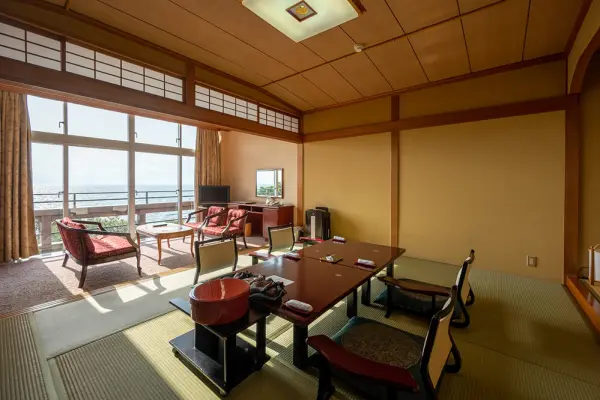
Another feature of traditional Japanese ryokan is exquisite meals, and Hakusuisan does not disappoint here either. Feast on a literal spread of dishes from the finest local products: kurobuta black pork, sweet potatoes, katsuo skipjack tuna, and of course, shochu, the spirit of Kagoshima. Our own personal server was waiting just outside our private dining room for the duration of the meal, ready to serve us or answer any questions about the meal but completely unobtrusive otherwise.




Checking out of Ibusuki Hakusuikan the next morning, we made time to see one more on-property marvel. The Satsuma Denshokan (Folklore Museum) is the private collection of Ibusuki Hakusuikan's owner, and includes thousands of pieces of artwork and historical items related to the region. Housed in a large building designed to resemble Kyoto's Byodo-in Temple, the building itself sets the stage for a stunning collection.

Most impressive are the many pieces of Satsuma Porcelain, a style that was extremely popular in 19th century Europe. Traditional Satsuma ceramics feature subdued patterns and colors, but when Japan debuted to the world at the Paris World Expo in 1867, the style was changed to be much more colorful and detailed to suit European tastes, to the point that design elements that were not even traditionally Japanese were incorporated.


I admit it was hard for me to leave Kagoshima, with its captivating blend of luxury, relaxation, and hospitality. Kirishima, Chiran, and Ibusuki might be a bit off-the-beaten-path for many visitors to Japan, but those who make an effort will be well rewarded.
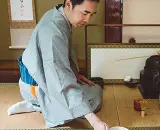
Todd Fong
Photographer, mentor, story teller. Tokyo-based, Oaktown (Oakland, California) born. My writing and photography work includes Voyapon.com, "Sheila Kimono Style" (photo book), 365 Japan, and Metropolis. My curiosity about Japan, its culture and its history is matched only by the number of places in Japan I have yet to explore.
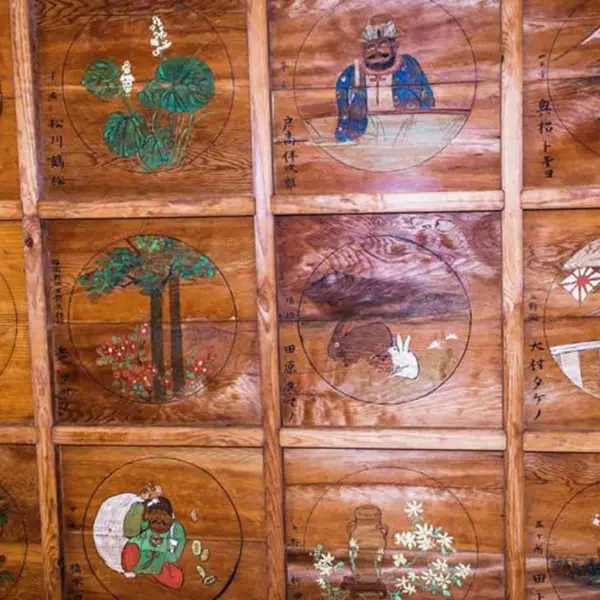 Shonenji Temple in Takachiho: A fascinating past and present
Shonenji Temple in Takachiho: A fascinating past and present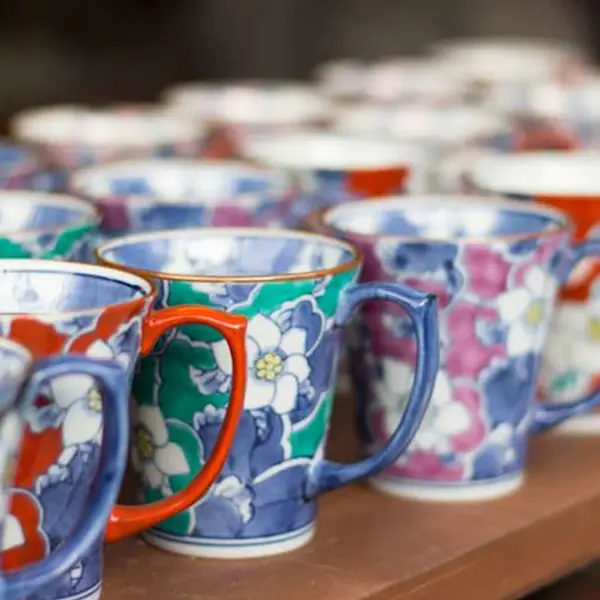 Karatsu, Imari and Arita: A Trip to Discover Saga Ceramics
Karatsu, Imari and Arita: A Trip to Discover Saga Ceramics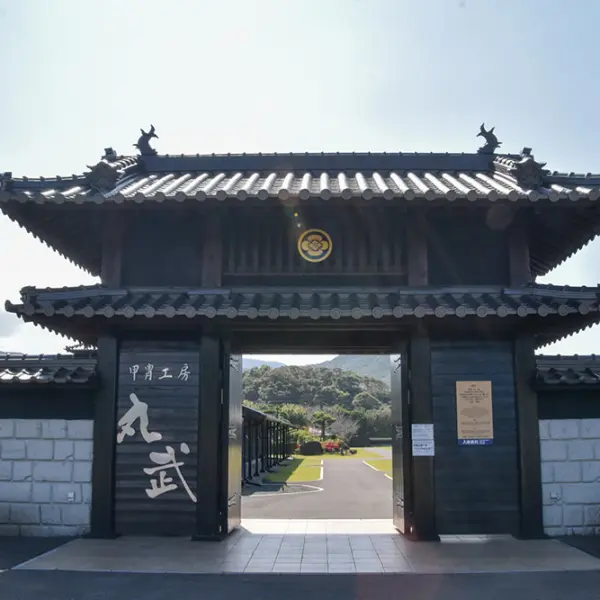 Immerse Yourself in the History and Culture of Japan’s Samurai Warriors at Marutake Sangyo
Immerse Yourself in the History and Culture of Japan’s Samurai Warriors at Marutake Sangyo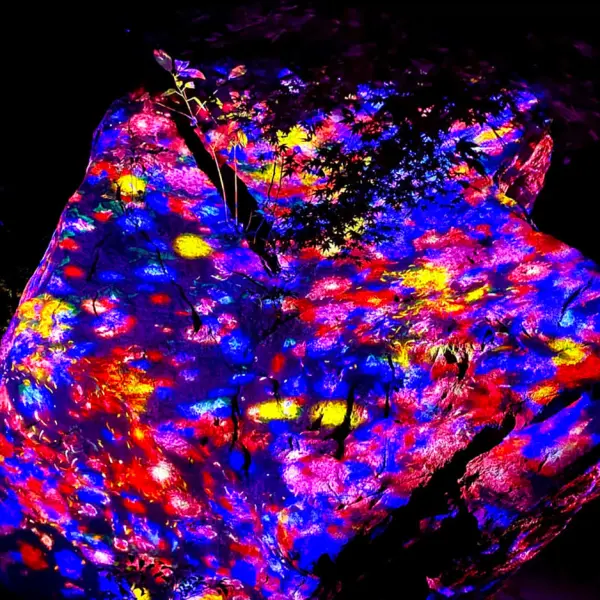 TeamLab breathes history at Mifuneyama Rakuen in Saga
TeamLab breathes history at Mifuneyama Rakuen in Saga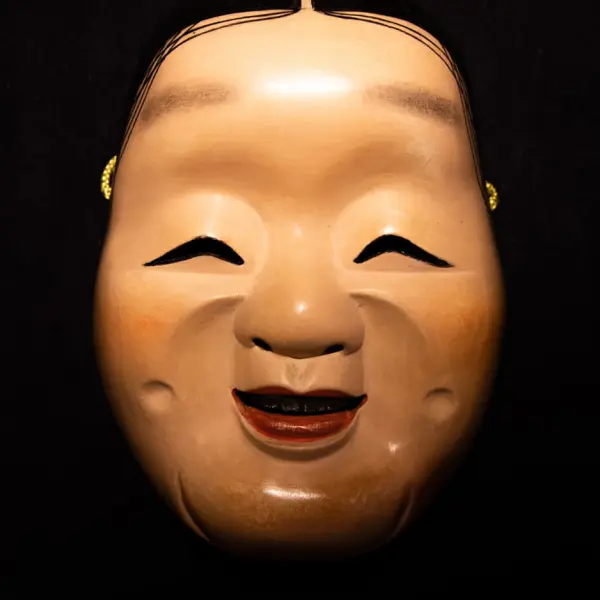 Spooky Castles, Wild Boar, Wax, and Kagura!
Spooky Castles, Wild Boar, Wax, and Kagura!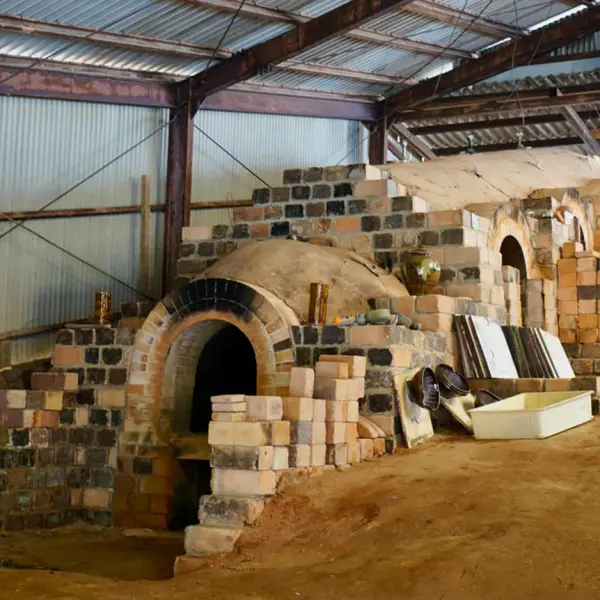 Koishiwara Pottery: From Climbing Kilns to Flying Dot Patterns
Koishiwara Pottery: From Climbing Kilns to Flying Dot Patterns A Rare Glimpse into the World of Katana Sword-Making with Matsunaga, a Kumamoto Swordsmith
A Rare Glimpse into the World of Katana Sword-Making with Matsunaga, a Kumamoto Swordsmith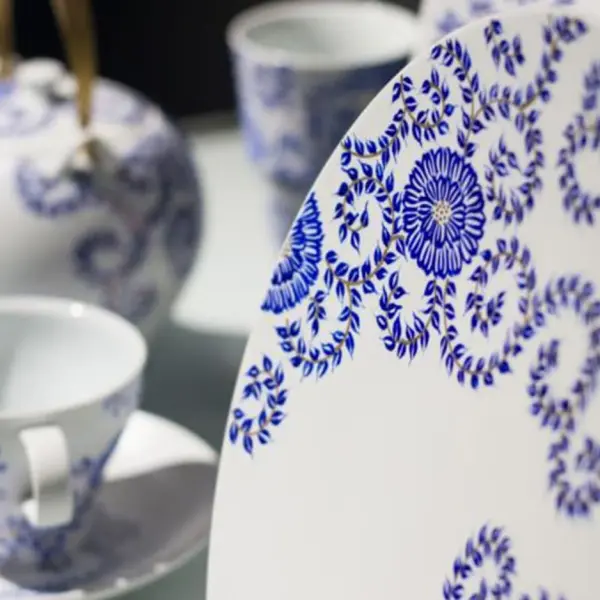 The Ancient Tradition of Ceramics Found in Saga Prefecture
The Ancient Tradition of Ceramics Found in Saga Prefecture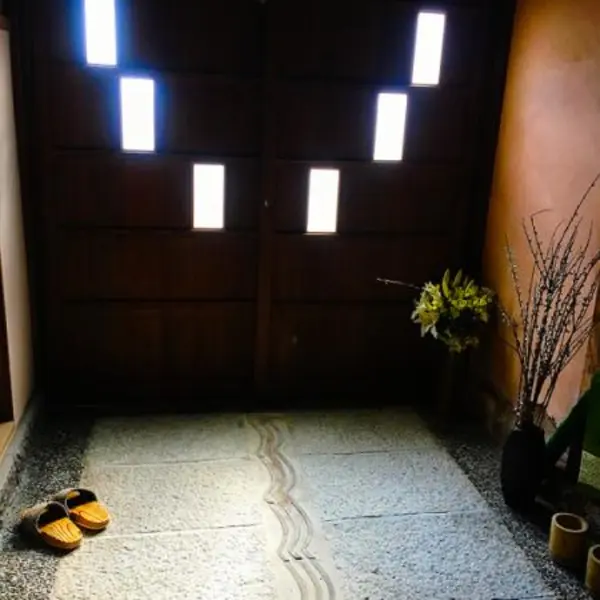 Taketa, Oita: An alluring artscape
Taketa, Oita: An alluring artscape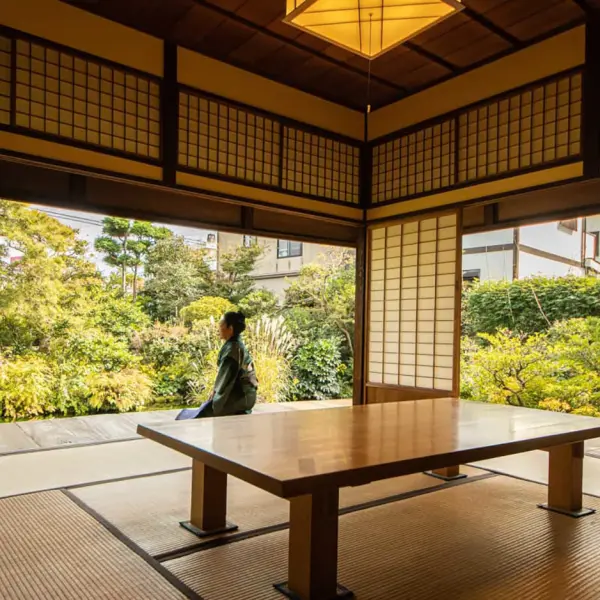 Samurai Road, Garden, and Dessert
Samurai Road, Garden, and Dessert




